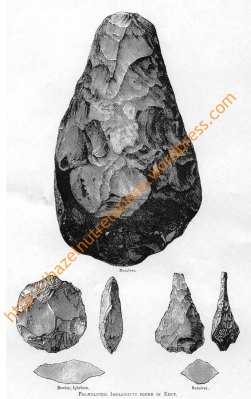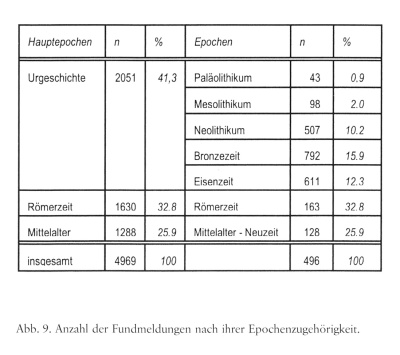In roughly nine months many, many archaeologists will be swarming the streets and filling the “Beizen” (the name for restaurants etc. in Swiss German) of the beautiful city of Bern. They will gather here at the 2019 EAA-meeting to share their news and ideas. It will not only be an opportunity to see old friends and make new ones, but also to wander through the city‘s old centre, swim in the Aare (if the weather permits), have a cheese fondue or raclette and a glass of local wine (or beer!) or visit the 3-Lake region, or the nearby Alps of the Bernese Oberland. And, of course, one almost forgets, to discuss fascinating archaeology!
With the Alps nearby and the Alps being such an important part of the Swiss identity, it is no wonder there will be quite a few sessions based around themes concerning the prehistory of mountainous regions. I was lucky enough to be able to join forces with some wonderful colleagues and suggest two of these:
In search of “cloudstones”? Lithic raw material procurement in mountainous and alpine regions during the Mesolithic and Neolithic – Session 252 EAA meeting 2019 (PDF)
- Marcel Cornelissen – Archaeological Service of the Canton of Grisons / Universität Zürich (marcel.cornelissen (at) uzh.ch)
- Astrid J. Nyland – Archaeological Museum, University of Stavanger, Norway (astrid.j.nyland (at) uis.no)
and also
Settling at high altitudes. Intra-site and and inter-site variability, site function and mobility of hunter-gatherers and the first agropastoral societies – Session 319 EAA meeting 2019 (PDF)
- Federica Fontana – Università di Ferrara (federica.fontana (at) unife.it)
- Xavier Mangado Llach – Universitat de Barcelona (mangado (at) ub.edu)
- Marcel Cornelissen – Universität Zürich (see above)
It would be great if you would consider contributing to either of these sessions and are curious about your research and thoughts. The deadline for contribution submission is February 14th! And if you don’t want to or cannot contribute a presentation/poster, do come and listen to some fascinating mountainous archaeology and meet us in person! There should at least be pretty mountain pictures. If you are not entirely sure if your research fits the session, have any questions about the format or have any other thoughts and questions, do not hesitate to contact any of the organisers. There are, however even more great mountainous archaeology sessions to choose from. In any case, we would love to hear from you!
See you in Bern!







